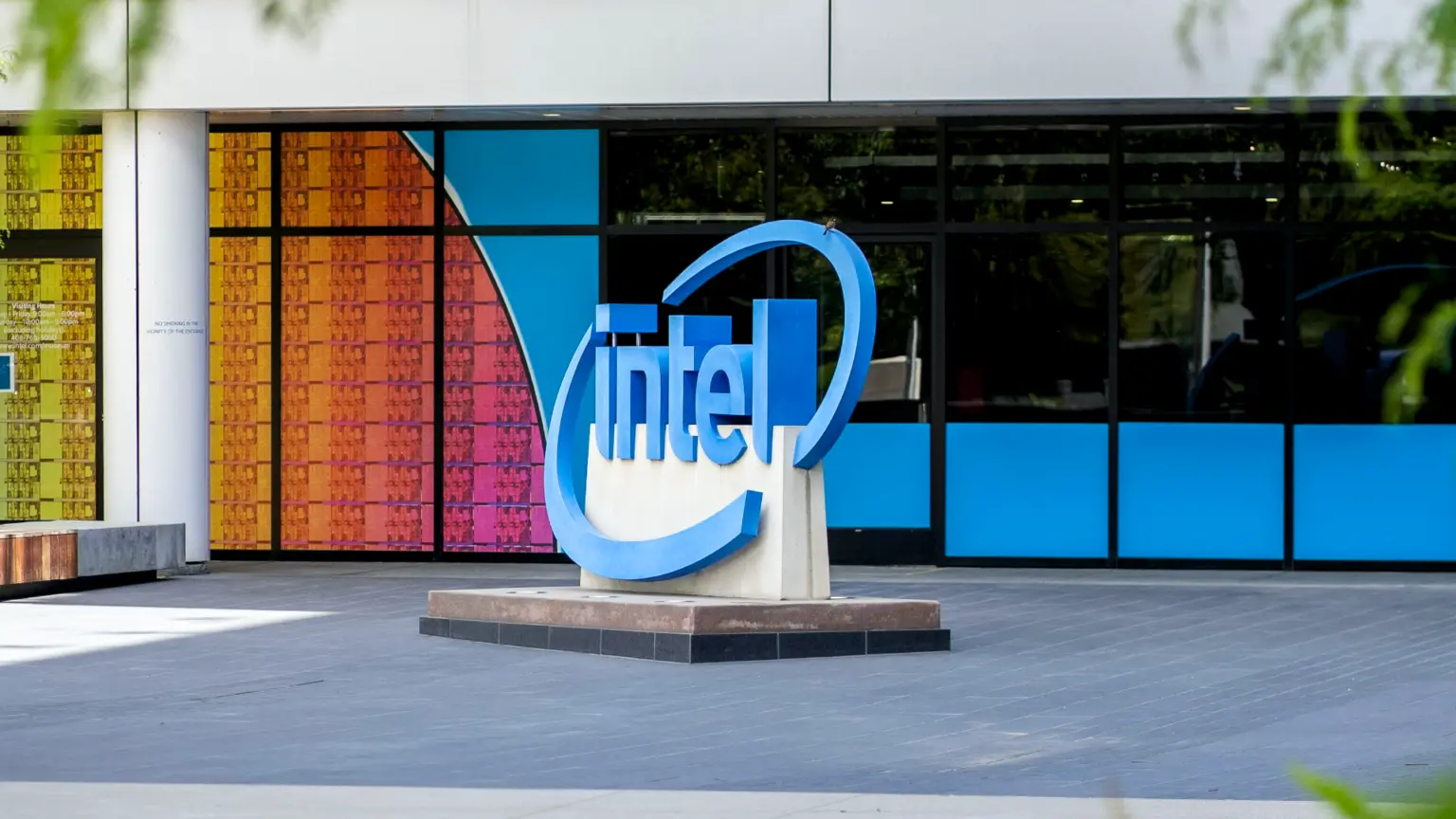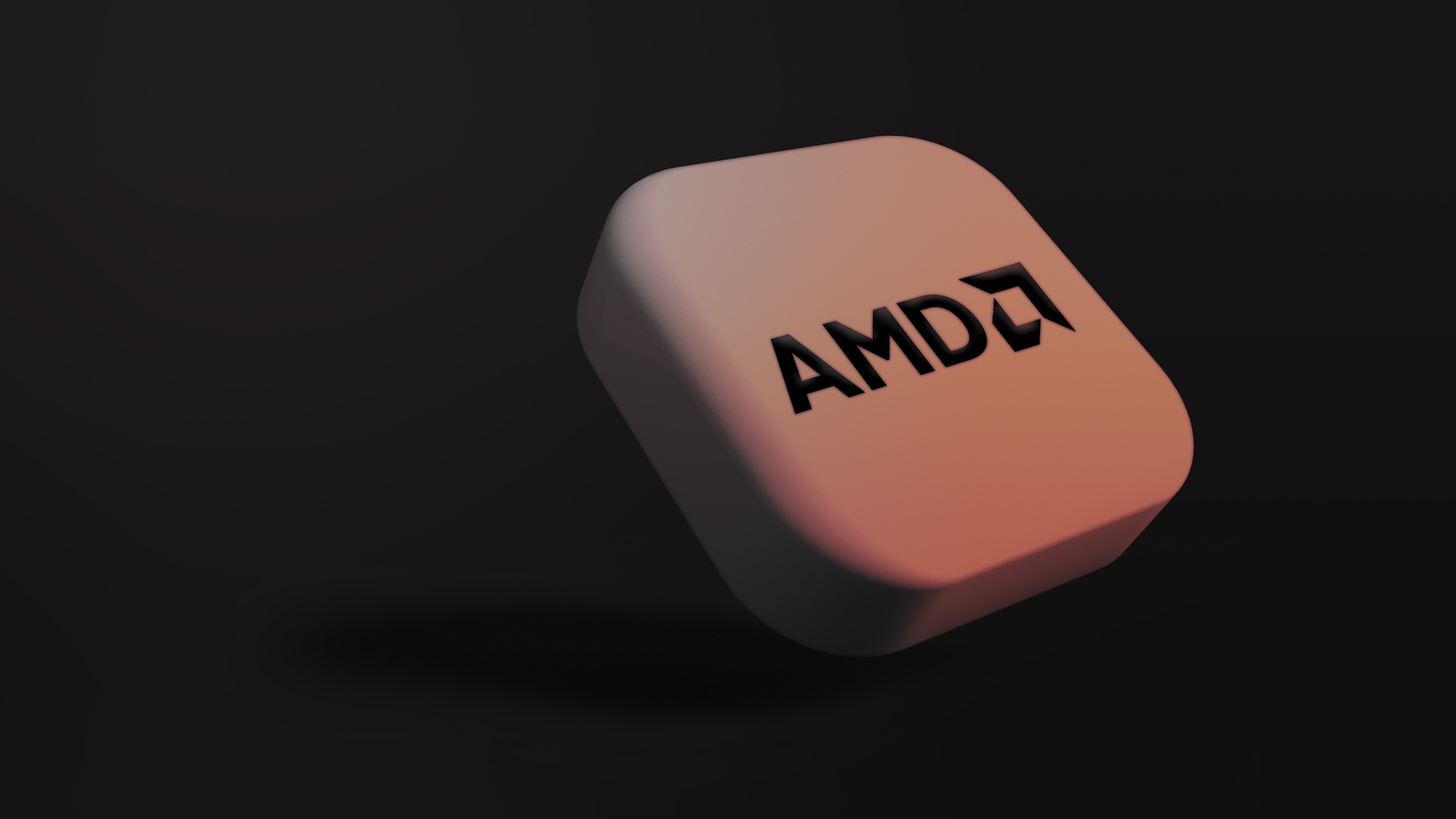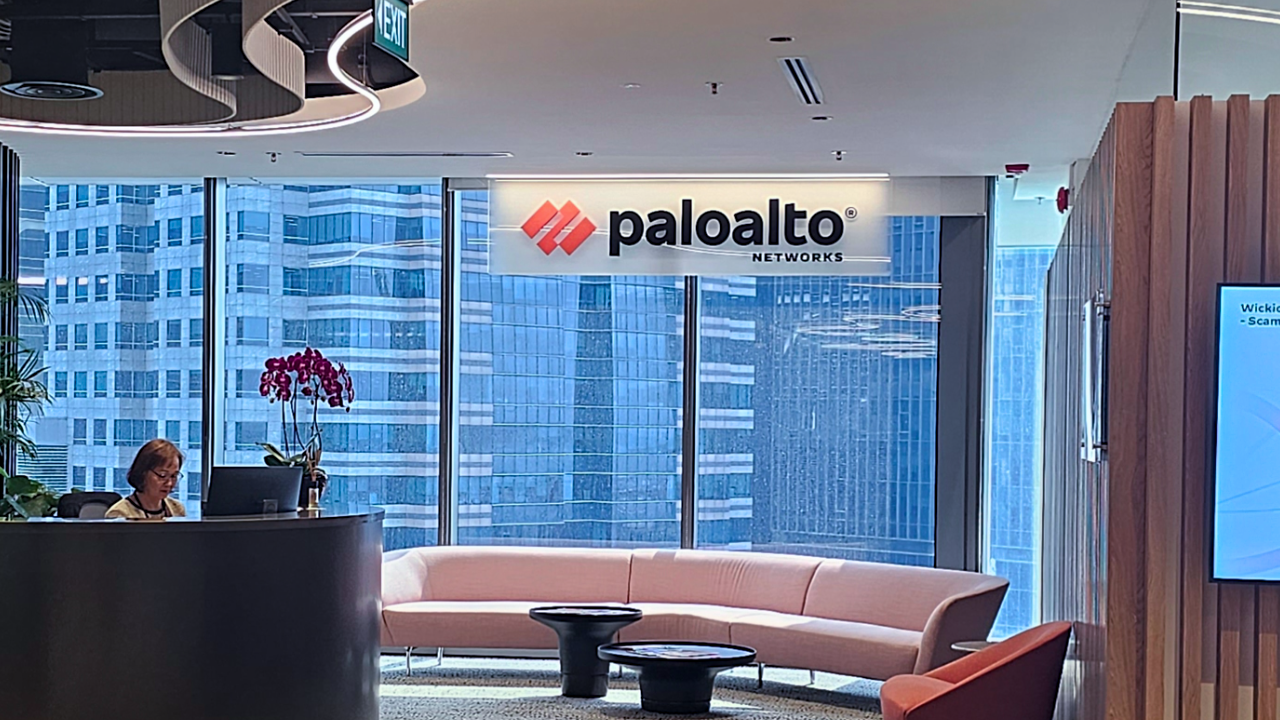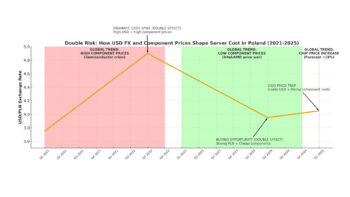Intel is back in the game for the AI market, announcing a new data centre GPU, Crescent Island, at the Open Compute Summit. The chip is due to debut next year and, according to the company’s statement, will be optimised not for impressive benchmarks, but for operating economics: cost per token processing, energy efficiency and AI model inference.
This is a clear signal of a change in strategy. After years of failed approaches – from the abandoned Gaudi line to the frozen Falcon Shores project – Intel is betting on pragmatism. “We don’t want to build everything for everyone. We are focusing on inference,” stressed the company’s CTO, Sachin Katti. Translated into the language of the market: Intel will not fight Nvidia where Nvidia is strongest, namely in training giant models. Instead, it is targeting the stage where it makes money from enterprise-scale AI implementations.
Technically, Crescent Island is betting on 160GB of vintage-type memory – slower than the HBM used by competitors. It’s a trade-off: lower peak performance, but potentially better availability and cost per watt. The chip is based on Intel’s consumer GPU architecture, which suggests a shorter deployment cycle and lower manufacturing risk. However, key details are still missing: what technology process (TSMC? in-house factories?) and what real TCO against AMD Instinct or Nvidia Hopper/Blackwell chips.
In a market that has suffered from a chronic GPU shortage since the release of ChatGPT, room for a third player obviously exists – but patience is running out. Hyperscaler customers want annual launches, interoperability and an open ecosystem. Intel promises exactly that: modularity and the ability to mix chips from different vendors. It’s a defensive/offensive move – if it can’t win solo, it wants to be indispensable as the CPU in every AI system. This is borne out by the recent deal with Nvidia, which invested $5bn and took an approximate 4% stake in Intel.
Will it be enough? Intel is playing for time and a second chance. AI is no longer a power race – it’s starting to be an economics race. If Crescent Island proves ‘performance per dollar’, Intel can get back to the table. If not – it will remain a factory for the other winners of this revolution.












